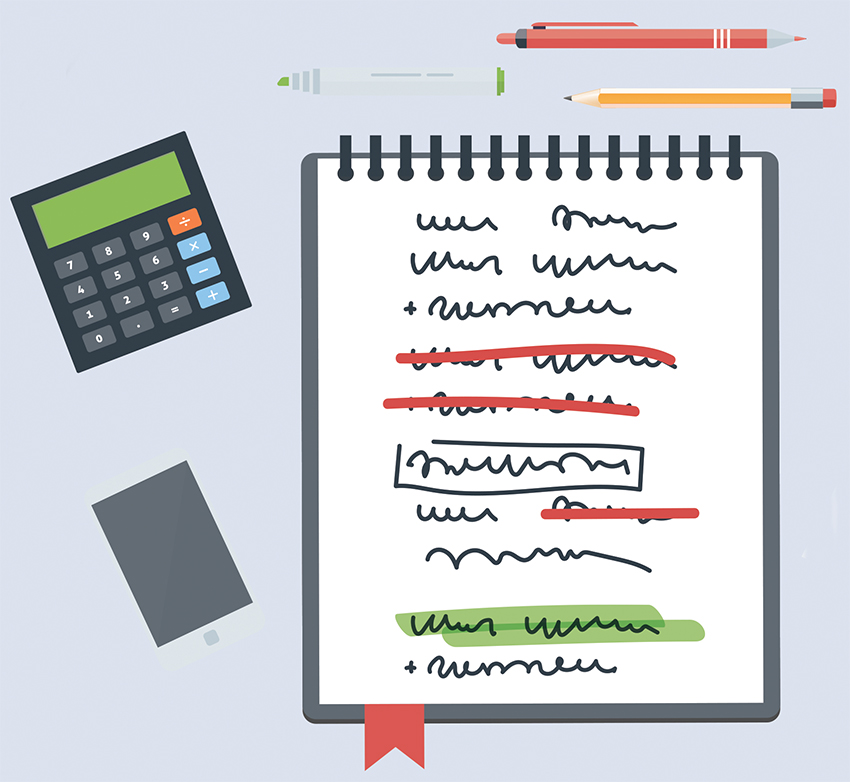Making Accurate Estimates in Uncertain Times
STEP 4: VALIDATE COSTS WITH EXPERIENCE
The scope is done, the quantity takeoff is calculated, and the pricing is complete using reliable and up-to-date data. It should now be finished, right? Well, it is worth taking one more step here. Data is good, but data plus wisdom is better, particularly the wisdom of an experienced construction or cost-estimating professional. This is the point where a reflective perusal should be made of the estimate to look for anything that seems out of line or inconsistent with past experience. In other words, it is the human factor being used to validate all the writing, analysis and number crunching. It is the final “gut check” before the completed estimate goes out the door to be reviewed and scrutinized by everyone else.

Image courtesy of RSMeans data from Gordian
Even with the best data and process, there is no substitute for experience and wisdom. Every cost estimate needs to be evaluated objectively to determine if it fundamentally “makes sense.”
The first part of this validation is for clarity. It would be good to ask, “Can an uninvolved party read the descriptions, clarifications and notes and reach the same cost figures?” If the answer is yes for all aspects of the estimate, the cost estimator should feel good about releasing it. But if something does’t seem quite right, it is a good time to go back and check or revise any particular areas of concern.
The other part here is a pure reality check by asking, “Does that number make sense?” Is it in line with what is expected for this size and type of project for this location and at this time? Or does it seem a little too high or too low for some reason? Maybe going back and doing a quick budgetary or even square-foot estimate based on the latest information is warranted to see if the final numbers are still in range or notably outside of it. If the cost estimator feels confident, perhaps it is good to go. If something looks irregular, exercise best judgement to go back and try to identify and even justify from where the variation(s) may be stemming.
CONSISTENCY: YOUR BEST DEFENSE AGAINST MARKET VOLATILITY
In turbulent economic times, these best practices will help you anchor your cost estimates in reality and spare you the pains of an overrun. No matter the size of your project, it is best to keep these basic conclusions in mind:
- “Build the project” through the cost estimate before the project is actually built.
- The SOW is not complete without the context and the construction process.
- Check the math. Then check it again.
- Organize the estimating process and costs correctly.
- Use comprehensive cost data, and validate all of it with experience and common sense.
Peter J. Arsenault, FAIA, NCARB, LEED AP, is a nationally known architect and author of more than 200 continuing education courses for design professionals. www.pjaarch.com, www.linkedin.com/in/pjaarch
END NOTES
1“5 Common Causes of Cost Overruns in Construction Projects.” Construction Productivity Blog. PlanGrid. 1 November 2017. Web. 30 July 2019.
2Ellis, Grace. “100+ Construction Industry Statistics [2020 Edition].” Construction Blog. Autodesk. 18 March 2020. Web. 19 Nov. 2020.
3Ellis, Grace. “6 Common Causes of Cost Overruns in Construction.” Construction Blog. Autodesk. 3 April 2020. Web. 19 Nov. 2020.
 |
Gordian is one of the world’s leading providers of construction cost data, software and services for all phases of the construction life cycle. From planning to design, procurement, construction and operations, Gordian delivers groundbreaking solutions to contractors, architects, engineers, educational institution stakeholders, facility owners and managers in nearly every industry. www.gordian.com |










